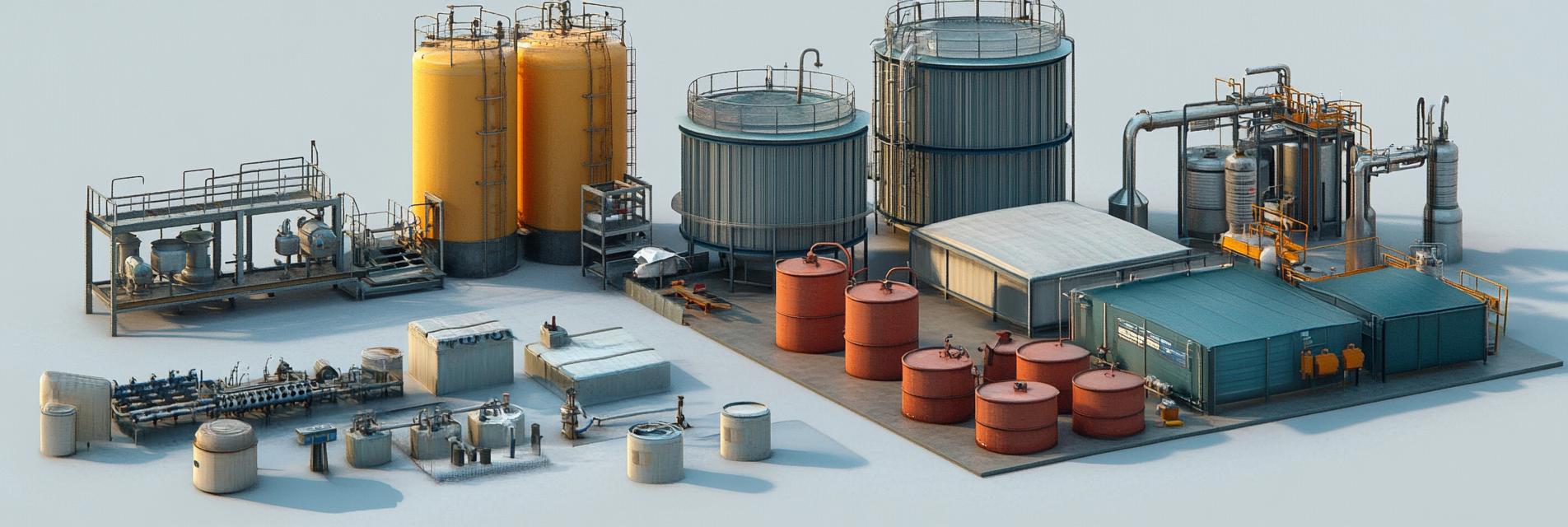In my extensive experience within the field of wastewater treatment, polyacrylamide (PAM) has emerged as a highly effective polymer used across diverse industrial sectors. Its ability to enhance water quality and clarity makes it indispensable in various applications. This article aims to compare the applications of polyacrylamide in different industrial wastewater areas, highlighting its significance and effectiveness.
Polyacrylamide is utilized in a range of industries, including mining, textile, and food processing. Each of these sectors benefits from PAM's unique properties. For instance, in mining, it is used for the settling of suspended solids, improving the efficiency of water recovery processes. Meanwhile, in the textile industry, PAM aids in dye removal and clarifying wastewater, ensuring compliance with environmental regulations.
In the mining sector, the application of polyacrylamide has proven essential for effective wastewater management. The polymer enhances the flocculation process, allowing for more efficient removal of particulate matter from water. As a result, mining operations can recycle and reuse water, significantly reducing the overall environmental impact.
The textile industry also leverages the benefits of polyacrylamide, particularly in wastewater treatment for dye processes. The ability of PAM to bind with dye particles facilitates their removal, leading to clearer effluent. Such practices not only meet regulatory requirements but also promote sustainability within textile operations.
From my professional perspective, the advantages of using polyacrylamide extend beyond mere compliance. PAM contributes to overall water quality improvement, reducing the presence of harmful pollutants. Its versatility in various applications underscores its importance in modern wastewater management strategies across multiple industrial sectors.

In conclusion, the applications of polyacrylamide in different industrial wastewater sectors reflect its vital role in advancing wastewater management technologies. By improving water clarity and quality, PAM ensures that industries not only adhere to regulations but also contribute positively to environmental sustainability. As we advance into a more eco-conscious future, the role of polymers like polyacrylamide will undoubtedly continue to expand.
